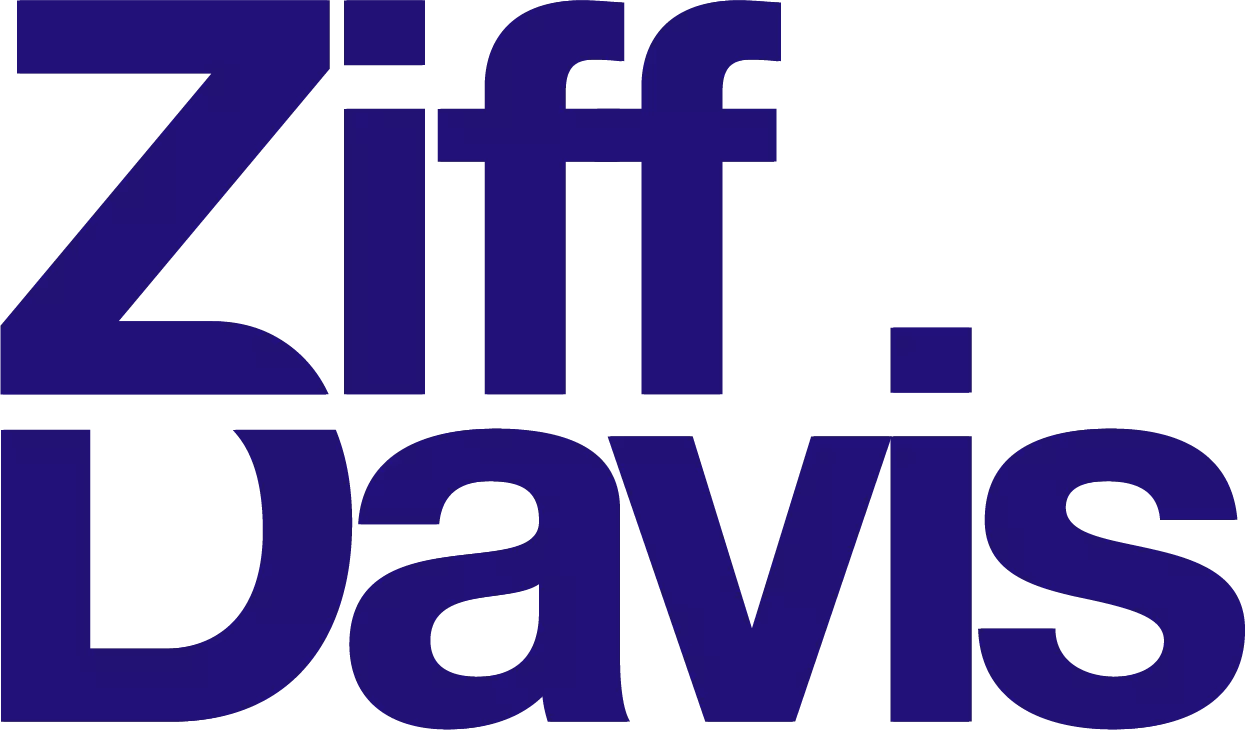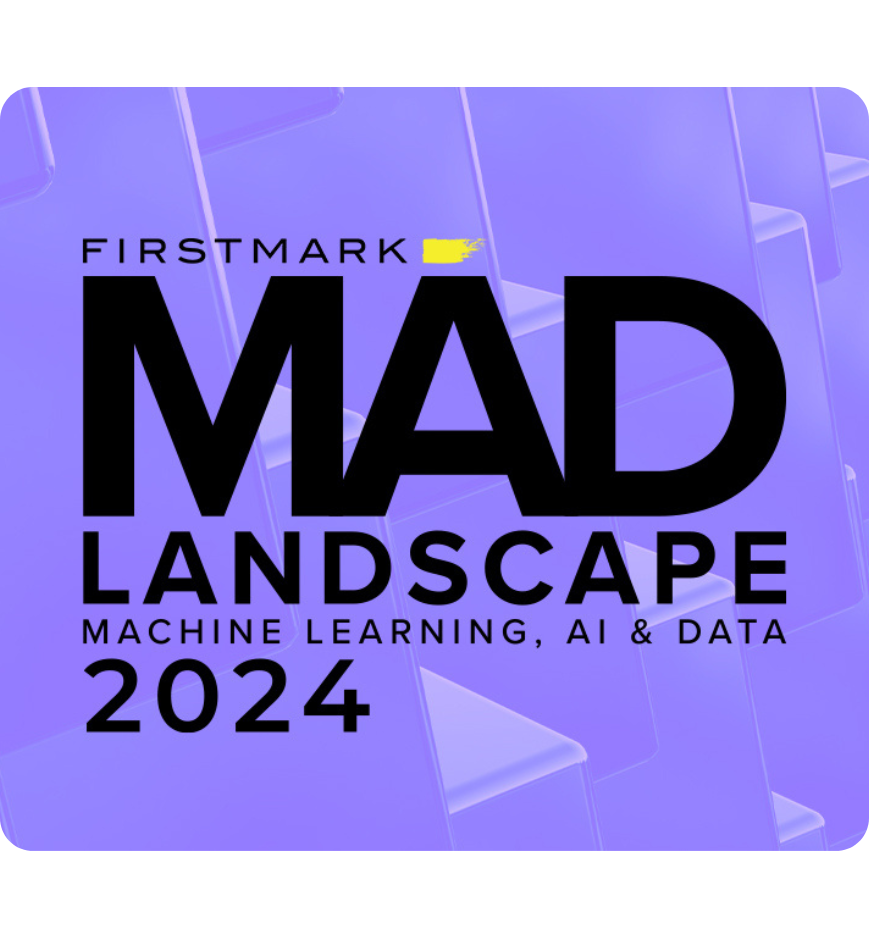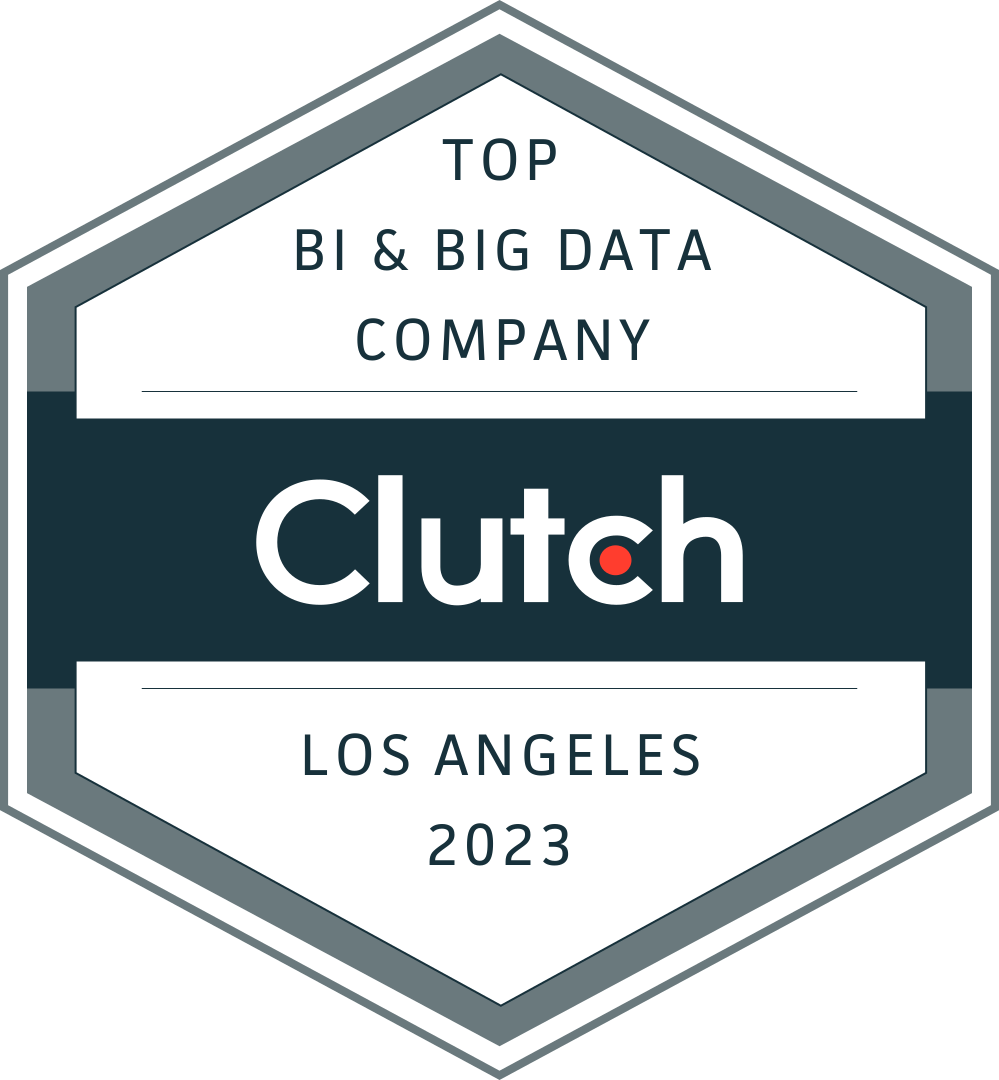
Data Annotation Services
Unravel the true potential of the Artificial Intelligence and Machine Learning models by feeding them with labeled, classified, and well-structured data.
What is data annotation?
Data annotation is a process of labeling raw and unstructured data and information with proper tags to create a "fuel" to train AI models.
As they must be told what they are interpreting and provide the right context for identifying patterns, trends, or predicting outcomes, data annotating can be considered a foundation for Artificial Intelligence and Machine Learning models that directly impacts their performance.
Neglecting data annotation processes before implementing Artificial Intelligence and Machine Learning models leads to inaccurate results, which jeopardizes the whole AI idea.
Business benefits of AI data annotation
Improves the accuracy of outputs
The higher the quality of data used to train the AI model, the better outcomes we can get. Data annotation provides the AI algorithms with the knowledge to enable them to get their job done, which makes this “prework” essential for their proper usage. Without data labeling, AI just can’t understand what it is supposed to do with the data or twist the results, misleading users.
Better user experience
High-performative AI models trained on high-quality data sets provide end-users with an enhanced, frictionless experience. Chatbots or virtual assistants are able to assist users immediately by answering questions about a particular product or service or giving them general information about the weather conditions or news etc.
AI models scalability
Properly annotated data accelerate the process of training AI models and enable data engineers to scale them for diverse datasets of any volume.
Types of data annotation
Text annotation
Text annotation is the process that relies on adding metadata or labels to text data, such as natural language sentences or documents, to indicate specific qualities or elements of the text, such as named entities, sentiment analyses, or semantic segmentation (known also as semantic role labeling, semantic segmentation refers to teaching the machines to understand the underlying meaning and relationships between words in a sentence or document).
Text annotations are typically used to optimize chatbot services and search engine relevancy or – in general – to train natural language processing models (NLP models).
Image annotation & Video annotation
Within image annotation, we add pre-defined labels to images or videos to equip Computer Vision models with the capacity to decipher what’s displayed on the screen.
Image annotation and video annotation are widely used to train Machine Learning models, AI models, or Computer Vision models designed to block sensitive content in media, guide autonomous vehicles, quality control processes, or enhance security in objects.
Image annotation can be done manually or using automated tools, depending on the required quality and quantity of annotations.
Audio annotation
The process of labeling audio sound or speech recorded in any format in order to make it understandable for NLP-based. Audio annotation is used to train AI models in virtual voice assistants (Siri or Alexa) or voice chatbots.
Industries
Data Annotation Services delivers high-quality training data for Machine Learning and Artificial Intelligence models used in various industries.
AI Data Annotation in Retail
Data annotation in retail can be used in a number of applications in the retail industry, such as product categorization, customer behavior analysis, and personalized marketing.
AI Data Annotation in Finance
Data annotation enables the algorithms to accurately identify patterns and make predictions about financial trends and behaviors. They can be used for tasks such as credit scoring, fraud detection, and stock market analysis, among others.
AI Data Annotation in Customer Service
Data annotation in customer service can be used to label and categorize customer interactions, such as emails, chat transcripts, and phone calls, to enable the algorithms to understand the context and intent of the customer’s inquiries and identify patterns in customer behavior.
AI Data Annotation in Automotive
Data Annotation Services enable to build of applications for autonomous driving systems and predictive analysis. Annotated images and videos can be used to identify traffic signals or other external features, while sensor readings can be annotated to detect or force changes in vehicle performance.
AI Data Annotation in Healthcare
Annotated healthcare data can be used for a variety of purposes, such as disease diagnosis, patient monitoring, and drug discovery. Annotated medical images can be used to identify specific features such as tumors, while electronic health records can be annotated to extract important information such as patient history and medications.
The whole process step by step
1. Data collection
We extract data suitable for specific business problems and collect them.
2. Defining data classification
We establish data categories for suitable data classification.
3. Describing data classes
We create rules describing each we defined at the previous stage.
4. Data annotation
Using various manual and automated methods, we begin the data annotation process.
Addepto is a fast-paced, growing company focused on innovations in AI-related and data-oriented areas.
We support businesses worldwide in digital transformation, helping them find ways to use the data they have.
We always try new things and don’t shy away from out-of-the-box ways to develop the best solutions in Machine Learning, Business Intelligence, and Artificial Intelligence.
Our clients





















Data Annotation Development Process
Discovery & need assessment
Every partnership at Addepto starts with a talk during which we set data workflows, detect bottlenecks and identify the processes that can be enhanced with custom AI solutions.
The outcome of the talks is defining the challenges that are about to be tackled.
Proof of Concept
After establishing data workflow, we are able to build a proof of concept project
based on the sample of your anonymized data.
Development Process
We organize the full-cycle development process throughout all iterations,
including researching, planning, developing, and testing stages.
Evaluation
Besides constant feedback, the final stage of collaboration is the assessment of deliverables.
We evaluate key metrics, quality control processes, and communication rules by analyzing
how they all translate to business benefits.

Data in energy technologies
ClevAir, a company that delivers intelligent systems that manages the building’s energy consumption, was looking for a way to automate and speed up data cleaning and labeling processes.
Read the case study and find out how Addepto Team handled the challenge.
We are trusted by global leaders
Hear it from our clients!
Their approach from the start allowed us to improve the product taking into account all our requirements. The obtained result fully satisfied our company.
Matthew Muldoon CPO – KeyedIn Solutions
Work was progressing well and both teams were in constant communication on Slack. Project management was conducted by the team leader, most of the issues were consulted at online meetings.
Patryk Kozak Lead Backend Developer – Gamesture Sp z o. o.




Addepto has been ranked #143 on the Deloitte Technology Fast 500 EMEA list, achieving a remarkable revenue growth rate of 1,193%!

We have been recognized as a Top AI consulting company 2024 by TrueFirms

Addepto is one of Europe's FT1000 Fastest Growing Companies 2024 according to FT

We have been listed in the annual MAD Landscape 2023 in the Data & AI Consulting category

Addepto has been listed in the annual Deloitte Technology Fast 50 Central Europe 2023 ranking


Technologies that we use
We use various tools dedicated to data labeling, such as:





Why work with us
Why work with us
High-quality services
Addepto Team consists of highly experienced Data Scientists, Data Engineers, Data Analytics, and Machine Learning experts able to cover the entire cycle of the AI development process, including AI data annotation.
Increased business efficiency
Our custom-made solutions are always designed to solve your business-specific problems.
Transparency
We believe in clear and transparent communication, so – we can assign experts to your project in as short as one week to keep constant communication and reliable feedback.
Savings
Outsourced AI services lead to significant savings because of massive AI talent shortages. With external AI specialists working hand in hand with in-house analytics, developers, and business analysts, it is possible to accelerate the time-to-value of any Artificial Intelligence or Machine Learning project significantly.
FAQ
What is the difference between data annotation and data labeling?
Data annotation and data labeling are terms that can be used interchangeably.
However, there is an approach in which data labeling is named a subset of data annotation where data elements are assigned labels according to predefined rules or criteria. In business practice, the difference between these concepts is blurred.
What are the main challenges of data annotation?
Data Availability
Organizations’ biggest challenge is the amount of data needed to train an effective AI model.
Data Consistency
It is necessary to maintain consistency throughout the whole data annotation process. Lack of consistency means poor data quality, which affects the overall performance of the Machine Learning model.
The Slow Pace of Data Annotation
Using exclusively manual ways of data annotating methods can slow down project delivery. To accelerate the process, it is good to support automation tools.
What is data classification?
Data classification relies on organizing and assigning business value to data and providing a common ground for further data-based operations.
Data classification, on a basic level, can make it easier to locate and retrieve data on a higher level – it can be a foundation for scaling the business model.
Read our Case Study
What is automated classification?
Data classification services rely on various methods: automated and manual.
Automated classification is handled by dedicated software that supports prompts or supports users in the successful and accurate classification of their data.
Our clients

























